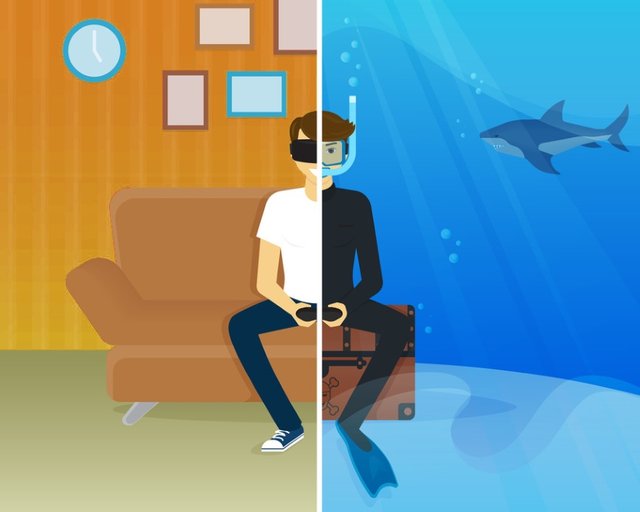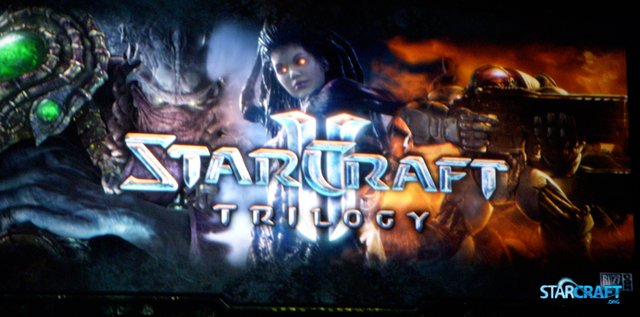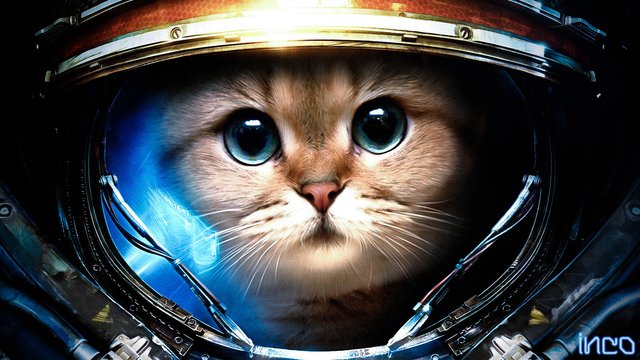Virtual reality and fantastic effects of sounds. the creators of video games take the fun very seriously

The development of video games is a very demanding discipline. No one has the slightest idea of the hard work necessary to build a high quality videogame, say some of the workers within this industry, which is currently growing and according to the forecasts of some analysts, will continue to develop itself in the next few years . For example, Blizzard Entertainment is a company in Irvine, California, which has been characterized by developing high quality video games that have managed to exist worldwide, from World of Warcraft to the StarCraft and Diablo series. An important game, StarCraft II of 2015: Legacy of the Void, took more than 3 years to develop. And this was achieved thanks to the intervention of almost 100 specialists from different areas such as designers, programmers, artists and writers, who worked long hours each day optimizing every small detail
James Anhalt is a software engineer working at Blizzard Entertainment and was responsible for the development of the video game engine. This software is the framework that developers start with when they create a new game. It includes ways of adding illustrations, sound, special effects, characters, enemies and more, according to Anhalt explained. But programmers often need to modify the game engine. They may need to modify things or repair bugs, perhaps adding new features to artists and designers.
Obviously StarCraft II was a great success just like most of the games developed by this company.

Anhalt and his colleagues work hard day after day with the most advanced technology to achieve to captivate the attention of all the gamers in the world. Even daily, they are developing and testing new technologies to make videogames much more surprising. For example, an audio engineer within this company is working on a new type of interactive technology. It's called mixed reality, and could transform the way people interact with all digital media, not just games.
Making the Most of Your Memory
StarCraft II is one of the most popular games in the world. It is a strategy game of great action. To be a winner in this game, players must make split-second decisions about which structures to build, where to explore and when to fight or withdraw, and obviously each of these decisions taken by players take up space in the memory of a computer. So, for games to run smoothly, developers should pay close attention to how that game is using a device's memory. If too much memory is used, the game will run slowly or even freeze or block.

The computers that are currently selling have large capacities and higher speed in their CPU, and each day the RAM of PCs are higher, but the developers of these video games must ensure that their products work on everyone's computers, says James Anhalt . So developers must work very hard to get the game to run in the most efficient way possible. And that means being creative with the code with which the game engine has been developed and other actions.
Sometimes, the players could use too many actions at once and execute these actions consumes a lot of time and memory. For example, visual elements of the game. At any point in the game, each pixel on a screen must be of a certain color. Many factors affect that color. A pixel in the sky might be blue, but one in a character's armor might be gray. While other special effects might affect color as well. Including, there could be 16 different options that can be activated or deactivated, that could generate 65,000 different programs.
While James Anhalt and his team of technicians were working on StarCraft II: Legacy of the Void, his team found that running all of the color selection programs for each pixel on the screen was using too much memory. After a few meticulous studies the engineers managed to reduce the size of all these programs, however, they could only reduce by 5 percent. In addition, they managed to rewrite parts of the game code to make it simpler.
Making the color selection process more efficient gave the artists of the game more memory to work with. That meant they could add even more special effects to the game.
As computers become more and more powerful each day, graphics and other 3D features of the game will be more realistic. More memory means more realistic detail.
There are new realities
There will come a period in which augmented reality and virtual reality will be main elements in videogames.
For example, the Oculus Rift headset came out in March 2016 and the Sony PlayStation VR will be out soon. These headphones resemble something that a deep-sea diver could use. But when you put one, you are in another world. Everything you see, hear and touch is a digital illusion.
Pokémon Go is the best example when it comes to the reality played in video games, because it places the digital illusions in the real world. The game uses the camera of a smartphone and the global positioning system (GPS) to reveal Pokémon monsters sitting on the sidewalks or in the parks.
However, some experts say that screens will not be necessary. Gene Rozenberg. He is an engineer at a company called Magic Leap in Dania Beach, Fla. This company is currently developing a new kind of augmented reality technology called "mixed reality".
"We make you believe that a computer image is really in the world around you," says Rozenberg. In a demonstration conducted for a technology magazine, which successfully demonstrated that text messages float above a person's desk. He also made three-dimensional jellyfish swim to the ceiling.
Why is programming necessary if you are working with sounds? Think about the steps, says Rozenberg. The sound has to change every time a character walks on a different surface a vehicle flies or rolls on a dirt road or asphalt. So that the footprints sound good, it says: "I have to think like a computer". For this reason, the game developer must program very precise instructions in a very specific programming language, so that everything happens naturally at the right time.
In both virtual and augmented reality, the sound becomes even more complicated. Developers of these new media face a big problem when it comes to sound, explains Rozenberg. A mixed-reality device, for example, plays sounds directly in someone's ears. But those sounds should look like they came from up, down, behind or in front of that person - not the headphones they're using. "This has not been done before," he says.
Fixing brains with games
The human brain remains a great mystery to many scientists today. In his California lab, neuroscientist Adam Gazzaley has studied video games as an alternative way to treat some diseases.
There is a project called project EVO, in which, players run through different worlds and collect alien creatures. The game trains multitasking skills. This is a game developed for iPad in the laboratory of Gazzaley at the University of California. Your player's drive through frozen and fiery worlds at full speed. At the same time, players must perform many tasks such as collecting all the red creatures that appear, ignoring the green and blue ones.
At this time, different teams of researchers are studying whether the game can treat a variety of disorders, including attention deficit hyperactivity disorder (ADHD), autism and depression. If it works, the Food and Drug Administration of the United States (FDA) may approve the game as a medical treatment.
Gazzaley has good reason to think that this game could become a success. Even before the appearance of this game, there was Neuroracer. This first version of the game of Gazzaley also possessed many challenges to the players because it forced them to collect objects while they were driving. In a 2013 study, the scientist and his colleagues showed that multitasking in Neuroracer could give older adults a brain boost.
Attention and memory get worse as people get older. So Gazzaley recruited volunteers aged 60 to 85 to practice the game for a month. They got much better at playing the game. More importantly, they performed better in testing their attention and working memory. Control groups, which are people who were not being treated in any way, did not show the same benefits.
A video game could use this brain activity in real-time to find out why a player made a mistake, could be included, if there is a problem that could affect the ability to make decisions, explains Gazzaley. Maybe the reaction time of the person was too slow, maybe, that person has a deficit or some other condition. The game could then create challenges for training - and then dealing - reaction times.
Why a neuroscientist turn to games to fix people's brains? In short, because games are fun and almost all people like it.
Usually, Gazzaley says, when researchers want to study the brain, "We use such boring tests. People are not deeply involved." People are more likely to learn and develop skills if they enjoy the training process.
Thanks for sharing :-) @jagjitsingh I am following. Best of Luck !